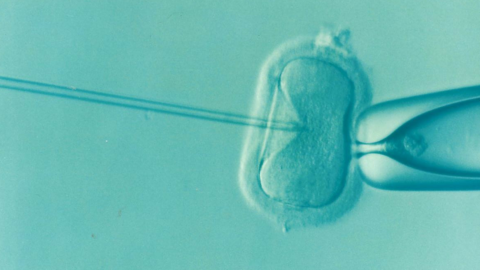Photo by Ella Olsson on Unsplash
Do you want to keep your holding tank in great shape? Regular maintenance is essential to ensure your wastewater holding tank works efficiently. Neglecting it can lead to problems like unpleasant odors, backups, or even system failure.
In this article, we’ll show you easy ways to maintain your holding tank and keep it running smoothly. These simple steps will help prevent costly repairs and extend the life of your system. Ready to learn how to care for your holding tank? Let’s dive in!
Regular Inspections
Regular inspections are essential for keeping your wastewater holding tank in good condition. By checking the tank periodically, you can catch small issues before they turn into bigger problems. During an inspection, look for any visible cracks or damage that could lead to leaks. You should also check for signs of odors or slow drainage, which may indicate a problem with the system.
Keeping track of sludge and scum levels is important, as too much buildup can affect the tank’s performance. Septic tank maintenance often includes checking these levels to ensure the tank is not overflowing. A grit trap service can also help remove solids that could clog the system, ensuring smoother operation.
Proper Wastewater Disposal
Avoid flushing anything other than toilet paper to prevent clogs and blockages. Grease, oil, and chemicals can harm the tank and should never be disposed of in the system. Using waste management solutions that include eco-friendly cleaning products can help protect the tank.
Only dispose of biodegradable waste to avoid overloading the system. Ensure that no harmful substances, like paints or solvents, enter the holding tank, as they can disrupt the balance. Educating household members on what can and can’t go down the drain is important for smooth operation.
Monitor Tank Levels Consistently
If the tank fills up too quickly, it may lead to backups or leaks. Make sure to check the level often to avoid overflows, which can cause damage and unpleasant odors. A full tank could also mean that the sludge levels are too high, requiring pumping.
Some tanks have gauges that make monitoring easy, while others may need manual checks. By keeping an eye on tank levels, you can plan timely maintenance, such as pumping when necessary. Consistent monitoring ensures that your holding tank doesn’t get overloaded and keeps it working efficiently.
Use Safe Cleaning Products
Harsh chemicals can damage the tank and disrupt the natural bacteria that break down waste. Choose eco-friendly cleaning products that are safe for septic systems and won’t harm the environment. Avoid using bleach or strong disinfectants, as they can kill helpful bacteria inside the tank.
Regular use of safe products ensures that your holding tank remains in good condition. It also reduces the risk of clogs and system malfunctions. Always follow the manufacturer’s instructions when using cleaning products to avoid overuse.
All About a Wastewater Holding Tank
Taking care of your holding tank is essential for its optimal performance. Regular checks, safe disposal habits, and consistent monitoring will help prevent problems.
Using the right cleaning products and scheduling maintenance ensures smooth operation. With proper care, your holding tank will last longer and work efficiently.
Check the rest of our site for more!





